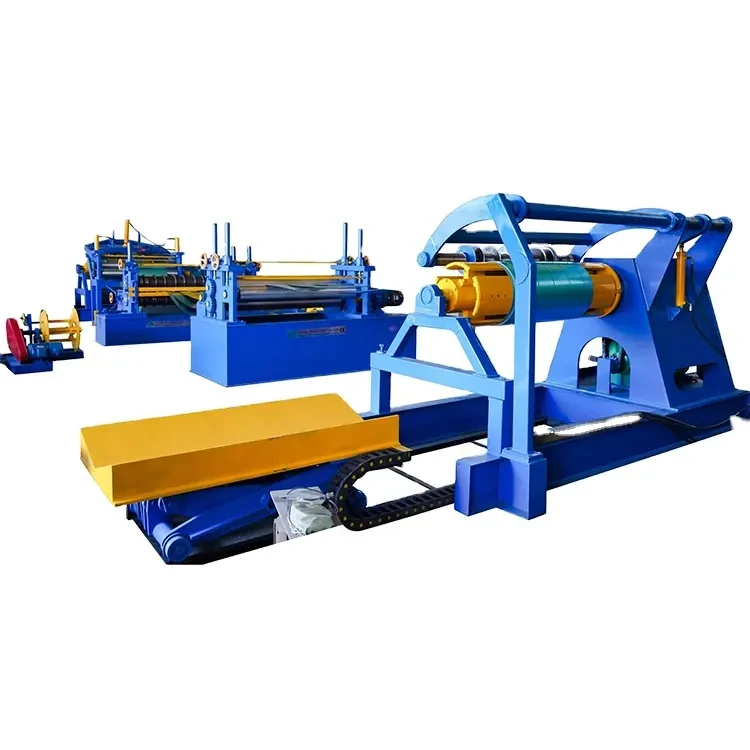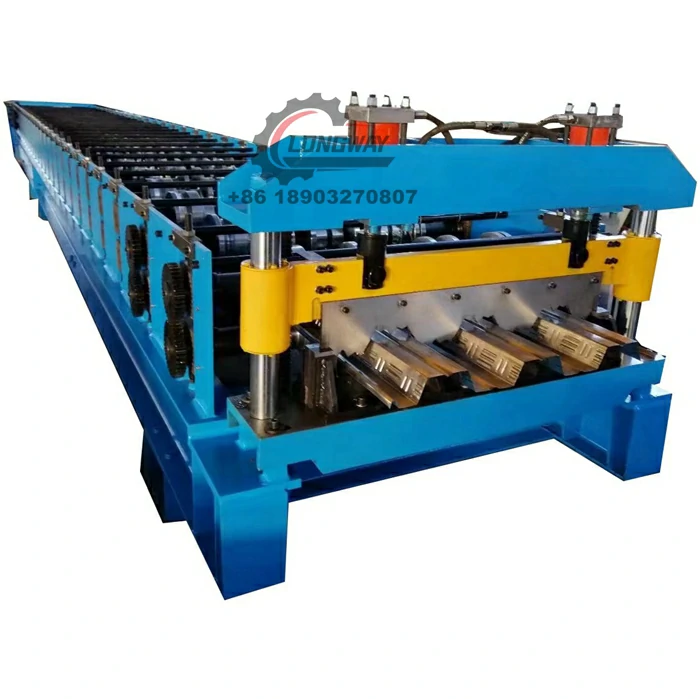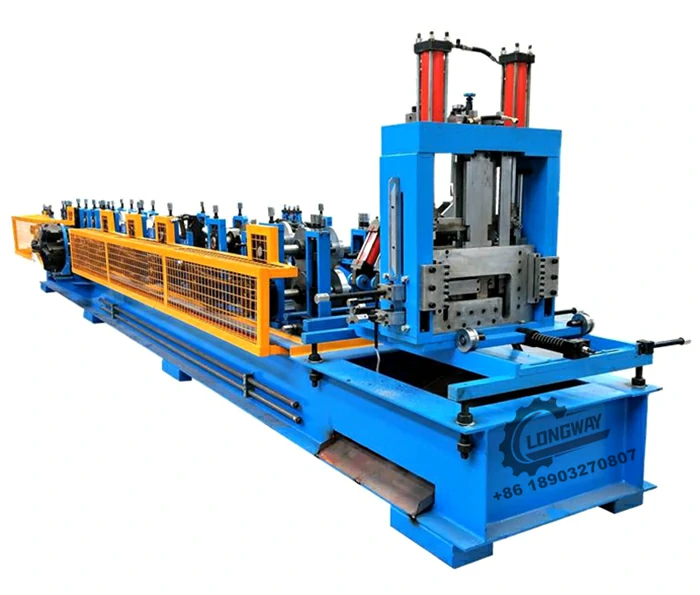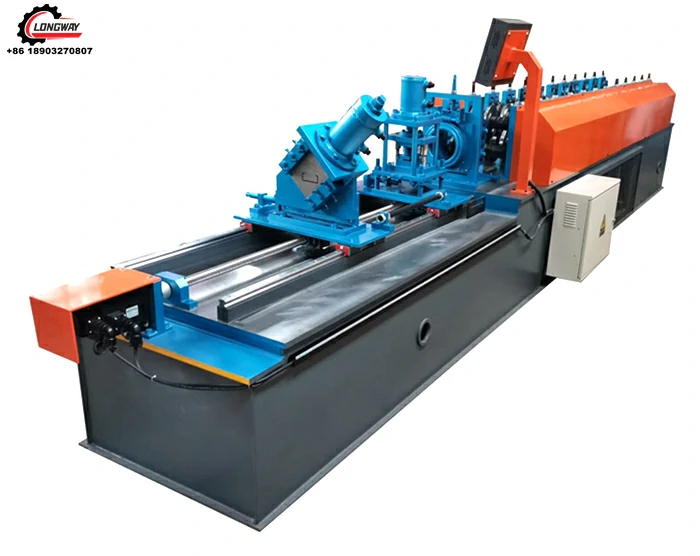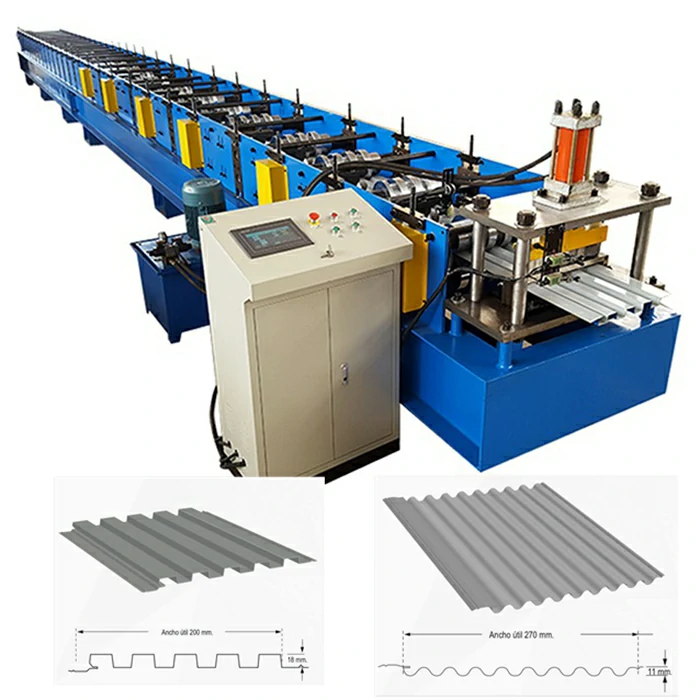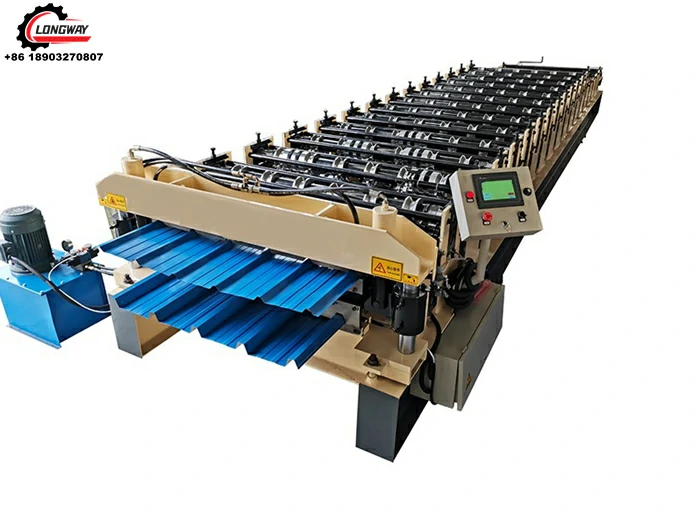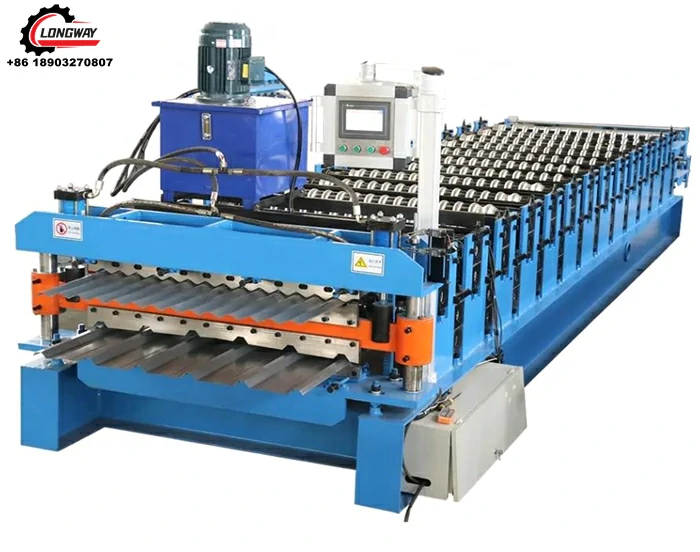Cut to Length Line: Overview, Equipment, and Buying Guide
A cut to length line (CTL line) is a production system designed to uncoil, level, and precisely cut metal coils into flat sheets of specified lengths. Widely used in steel service centers, automotive, appliance, and construction industries, CTL lines are critical for high-speed, high-accuracy sheet metal processing. If you're looking for a cut to length line for sale, understanding the system components, available configurations, and top cut to length line manufacturers will help you invest in the right solution.
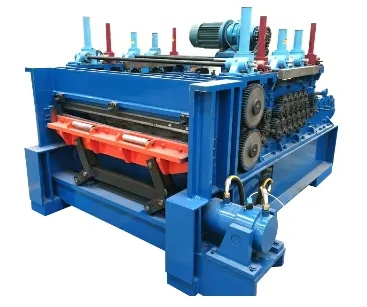
This guide breaks down the full scope of a cut to length system, including capabilities, equipment types, and price factors.
What Is a Cut to Length Line
A cut to length line is an automated production line that processes metal coils into leveled sheets of pre-set lengths. The system typically handles materials such as:
Cold-rolled steel
Hot-rolled steel
कलई चढ़ा इस्पात
Stainless steel
Aluminum
Copper or brass (in special lines)
The finished product is flat sheet metal, ready for use in fabrication, stamping, or further processing.
Core Components of a Cut to Length Line
A complete cut to length equipment setup includes the following machines:
1. Coil Loading and Decoiler
Holds and uncoils the raw material. Can be single or double-headed and is available in manual or hydraulic formats. Handles coil weights from 3 to 30+ tons.
2. Coil Leveler (Flattener)
Removes coil set and crossbow (curvature in the metal) for flat sheet output. Includes pinch rollers, straighteners, and adjustable leveling rolls.
3. Looping Pit or Accumulator
Balances coil feeding and leveling speeds. Essential for high-speed lines to maintain constant tension and avoid material buckling.
4. Servo Feeder or Precision Feeder
Feeds metal into the shear at exact lengths. Controlled by PLC for programmable length settings.
5. Shearing Unit
Guillotine shear or rotary shear cuts the sheet to the desired length. Accuracy can reach ±0.5 mm depending on the system.
6. Stacking System
Automatically stacks cut sheets. Options include mechanical stackers, air cushion stackers, or magnetic stackers for smooth, scratch-free handling.
7. Control System
PLC or HMI touchscreen interface for setting sheet lengths, batch counts, and speed. Some systems include production data tracking and fault alerts.
Optional components:
Edge trimmers
Scrap choppers
Oilers (for rust prevention)
Packing systems
Types of Cut to Length Lines
1. Light Gauge CTL Lines
Processes thin sheets (0.2 mm to 2 mm). Suitable for applications like HVAC, automotive body panels, and appliance manufacturing.
2. Medium Gauge CTL Lines
Handles 2 mm to 6 mm thick coils. Common in construction, automotive chassis, and general steel processing.
3. Heavy Gauge CTL Lines
Designed for 6 mm to 25 mm thick plates. Used in shipbuilding, heavy equipment, and steel plate distribution centers.
4. High-Speed CTL Lines
Optimized for thin sheets and aluminum. Can process at speeds of up to 100 meters per minute with rotary shears and flying cut systems.
5. Narrow Width Lines
Used for precision sheet cutting in applications like electrical laminations, electronics, or transformer core production.
Cut to Length Line Applications
Steel service centers
Coil stock processors
Roofing and construction material production
Automotive sheet metal preparation
Electrical panel and appliance manufacturing
Shipbuilding and heavy structural steel
Cut to Length Line Price Overview
The cut to length line cost varies significantly based on material thickness, automation level, and output capacity.
Estimated Price Ranges (USD)
|
System Type |
Price Range |
|
Light gauge (up to 2 mm) |
$50,000 – $120,000 |
|
Medium gauge (2–6 mm) |
$100,000 – $250,000 |
|
Heavy gauge (6–25 mm) |
$250,000 – $800,000+ |
|
High-speed rotary shear line |
$150,000 – $400,000 |
Add-on equipment like advanced stackers, loop pits, or edge trimmers will increase the cost. Local labor, shipping, and installation should also be factored into total investment.
What to Consider Before Buying
Material Type and Thickness
Choose a line that matches your coil specs—thickness, width, and weight.
Production Speed Requirements
Balance required output with budget. High-speed lines are more expensive but reduce per-sheet costs at scale.
Precision Needs
Tight tolerances require servo feeders and high-end shears. Tolerance depends on downstream processing needs.
Automation Level
Full automation reduces labor but increases upfront cost. Manual stackers and basic control systems are suitable for lower-volume work.
Available Floor Space
Some lines span over 20 meters in length. Ensure you have the factory space and ceiling height to accommodate equipment and coil handling.
After-Sales Support
Work with suppliers offering strong installation, training, warranty, and parts availability.
A cut to length line is an essential investment for any metal service center or manufacturing operation that processes coils into flat sheets. With configurations ranging from light-gauge, manual setups to high-speed, automated heavy-duty systems, there is a solution for every scale of operation.
When searching for a cut to length line for sale, focus on matching the equipment to your material type, volume requirements, and accuracy expectations. Reliable cut to length line manufacturers will provide long-term support, custom engineering, and performance guarantees that match your production goals.
Cut to Length Line FAQs
Can a CTL line process multiple sheet sizes
Yes. Most lines allow programmable length changes and can accommodate various widths depending on roller setup.
What’s the difference between guillotine and rotary shears
Guillotine shears stop the material before cutting. Rotary shears can cut continuously, allowing faster processing speeds.
Can a cut to length line be upgraded later
Yes. You can often add stackers, automation modules, or change shear types depending on the line design.
How much space is needed for a CTL line
A full-scale CTL line may require 20–30 meters in length and 4–6 meters in width, depending on coil size and layout.
Is operator training required?
Yes. Though automated, training is essential for safe operation, maintenance, and efficient production scheduling.
-
Corrugated iron roofing sheet making machine with CE, AutoसमाचारNov.17, 2025
-
3mm Steel C U Channel Roll Forming Machine, Heavy DutyसमाचारNov.17, 2025
-
Calamima Micro Ondulada corrugated roof sheet machine - CNCसमाचारNov.17, 2025
-
Metal Roofing Roll Former for Sale Companies - Fast, PreciseसमाचारNov.17, 2025
-
Drywall Steel L Angle Bar forming machine | Fast, PreciseसमाचारNov.17, 2025
-
Corrugated Iron Roofing Sheet Making Machine, Fast & DurableसमाचारNov.11, 2025
-
Corrugated Metal Roofing Machine | High-Speed, Precise, CEसमाचारNov.11, 2025
